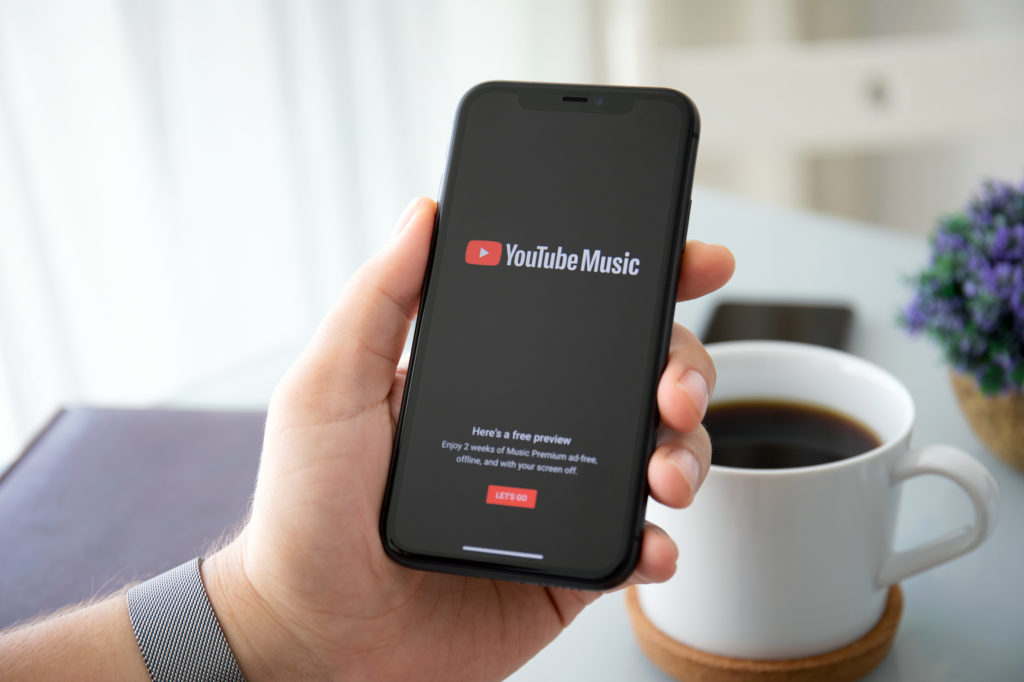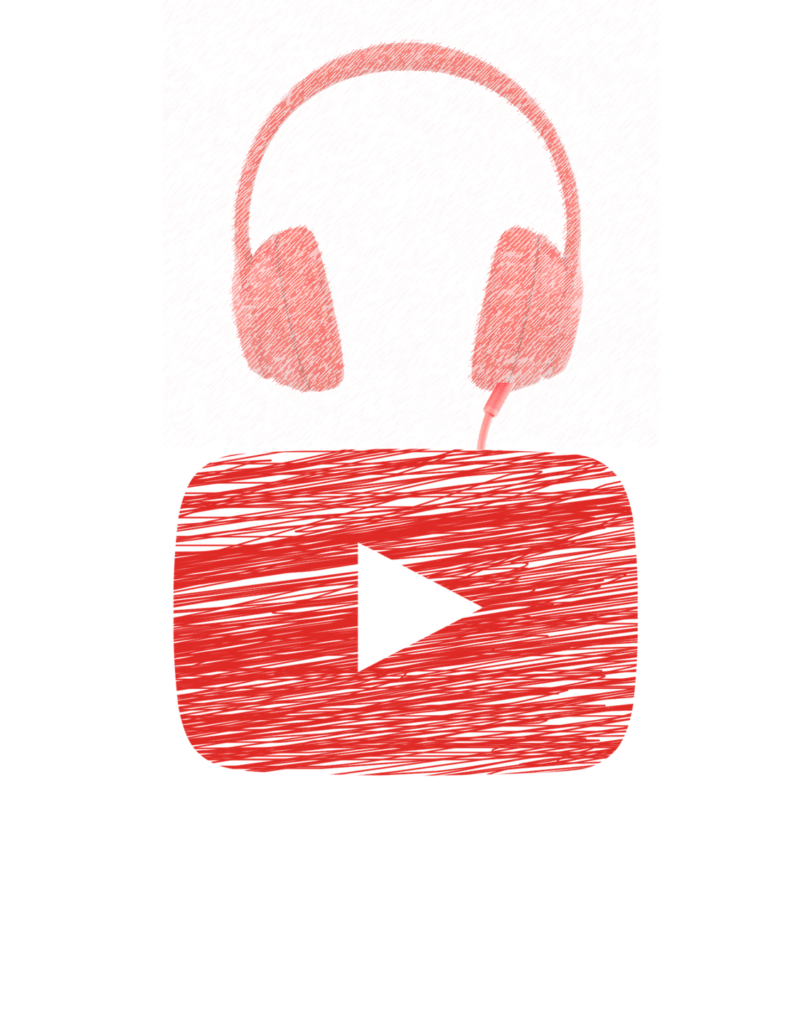
Readers of our blog post yesterday may recall a couple of “old school” experiments Netflix appears to be running.
First, they are test-driving a “linear TV” lineup in France to determine if a curated programming lineup might generate more viewing as well as quicker consumer decisions to determine what to watch.
Their other playground is “ambient TV” – Netflix shows and programs that can be enjoyed by simply listening to their audio in the background while being engaged in other activities.
And earlier this week, Social Media Today’s Andrew Hutchinson revealed that YouTube is stepping head-first into audio commercials.
You read that correctly.
Their newest innovation is audio ads that simply use a static graphic for the entire duration of the voice over. And as you might imagine, they’re not especially creative or compelling.
And YouTube is trumpeting their effectiveness, almost as if they’ve recently discovered the revolutionary power and impact of audio ads:
“To help you tailor your media and creative approach to the different ways consumers are engaging with YouTube, we’re introducing audio ads, our first ad format designed to connect your brand with audiences in engaged and ambient listening on YouTube. Audio ads, currently in beta, help you efficiently expand reach and grow brand awareness with audio-based creative and the same measurement, audience and brand safety features as your video campaigns.”
With just audio? Holy Marconi!
YouTube Music says its testing of these “beta ads” showed that for more than three in four cases, these ads “drove a significant lift in brand awareness.” Once again, this idea that “ambient content” – in the background – can be effective is apparently a revelation making its way through tech companies like Netflix and YouTube.
Somewhere, Erica Farber is smiling – or grimacing.
It gets better. YouTube promises a feature called dynamic music lineups for marketers – the ability to reach audiences based on their music genre preferences – like Pop Hits, Hip-Hop, or Rock.
Hmm…where have I heard that before?
If all of this has the ring of familiarity, the coincidence is intended. While the quality of radio ads often leaves much to be desired – not to mention spot loads that are bloated – audio ads have proved their effectiveness.
For nearly a century.
And live reads from trusted personalities (it’s time radio started branding them as “influencers”) set radio apart from most other media (podcasts excepted).
It is fascinating to see how a digital powerhouse like YouTube positions radio’s core marketing assets. It provides broadcast radio sales teams with some great fodder.
Maybe the audio ad is back.
Or maybe it never went away.
- For Radio, Will It Be Christmas In April (And Hopefully, May)? - April 21, 2025
- Media And Technology In 2025: Believe It Or Not! - April 18, 2025
- In Radio, You Just Never Know - April 17, 2025




Now, that’s something to really smile about!
Clark, I thought so, too.
David Ogilvy famously said, “‘You can’t save souls in an empty church.”
What Ogilvy means is, if people aren’t listening you have no chance to convince them.
My biggest concern is that the radio industry has long ignored the very issues you cite that have been driving listeners away to other audio delivery platforms.
Plus the creation of radio ads by people skilled in this specialty was long ago eliminated in radio stations, to their determent.
Let’s hope this wake-up call isn’t coming too late.
Agree, Dick. On the one hand, it’s affirmation the model continues to have efficacy. On the other, we need to ensure we’re optimizing the opportunity rather than frittering it away. Thanks for the comment.
Fred, thank you for pointing out that Radio was handed an important personal endorsement by a prominent brand – You Tube. Every Radio station should be including this in their tool kit and if anyone needs help as to how to position this important announcement we would be happy to help.
And for the record. . . I am smiling!
Thanks for the comment…and the smile.
It’s the Power of the Mind. When you listened to that ad. You didn’t see the picture in front of you, you’re mind created a visual, of you and/or your loved ones.
The Power of the spoken word! There is nothing like it!
“Words are the MOST Powerful Drug used by Mankind” Rudyard Kipling
This could be good for radio if they pay attention. Google will do research into what works and what doesn’t and their ads will be designed to elicit the most response. If radio responds and follows Google’s lead, it will run more effective ads – which will result in more pricing power and demand – assuming they don’t centralize their audience away.
No doubt that radio broadcasters can learn a great deal from the insights gleaned by the tech companies. Thanks, Bob.
Awww, isn’t that cute. YouTube thinks it’s invented radio advertising!
Seriously, this is the kind of thing that a “radio works” campaign could be built around. Hello, RAB?
They’re all over it, KM. This is the kind of fodder that helps to legitimize radio as everyone else discovers what we’ve known all along.
Informative article thank you.
It never went away.
Is that really you?